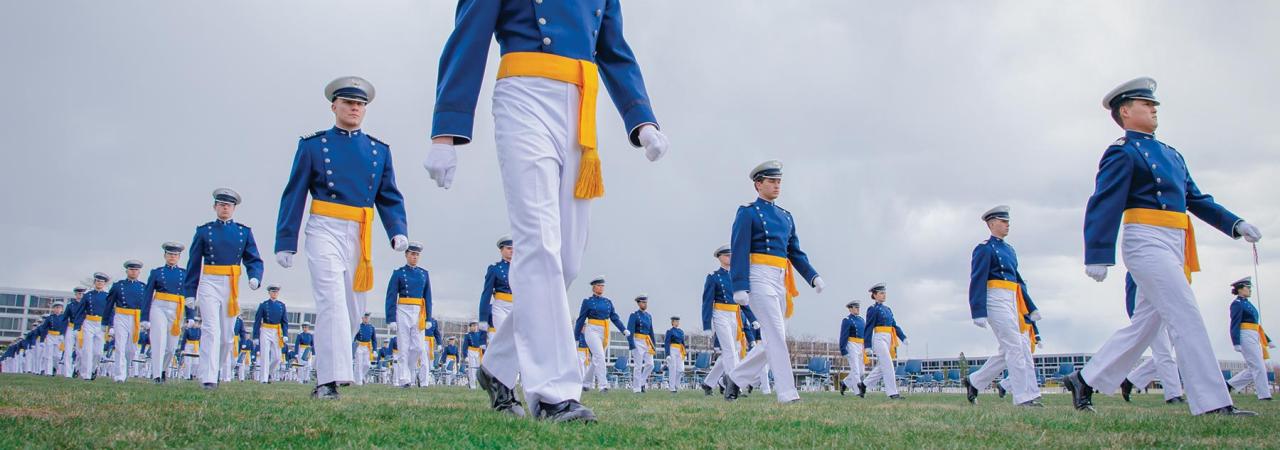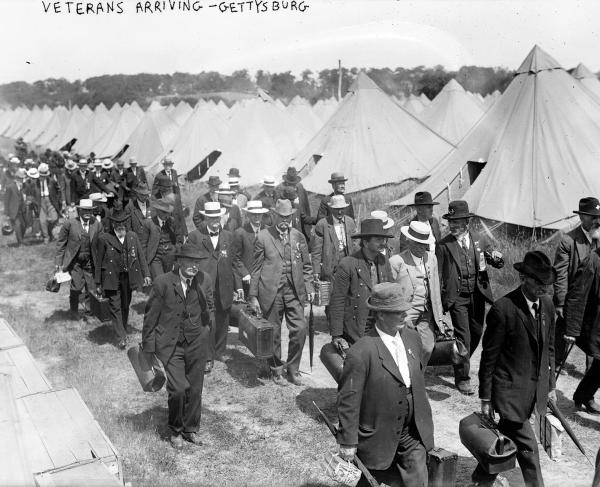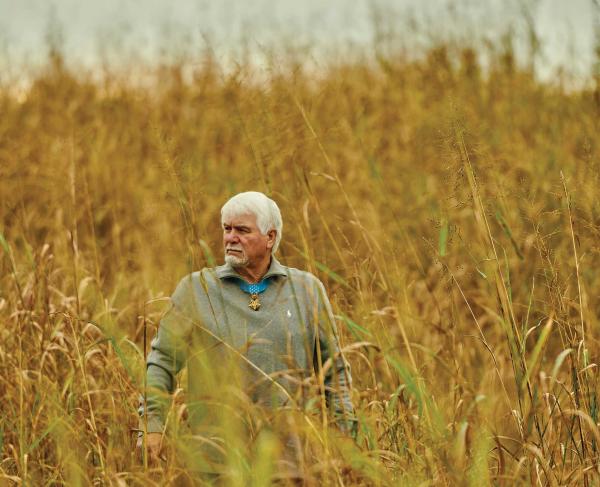U.S. Air Force Academy in Colorado Springs, Colo.

Cadets march on the terrazzo to start the U.S. Air Force Academy’s Graduation Ceremony.
As part of a series on military service academies, Sarah Kay Bierle of the American Battlefield Trust, a proud sibling and sister-in-law to graduates, reflects on the history of the U.S. Air Force Academy in Colorado Springs, Colo.
“You will have an opportunity to help make that history — an opportunity for a service career more varied and demanding than any that has been opened to any officer corps in the history of any country.” President John F. Kennedy’s words to the graduating class at the U.S. Air Force Academy (USAFA) on June 5, 1963, reflected the expanding tradition of military leadership. The traditions rooted in the early centuries at West Point and Annapolis moved into the Jet Age with the new academy’s focus on air and space power for the global superpower.
Nine years before Kennedy’s speech, the concept of the Air Force Academy was approved, and commissioners recommended Colorado Springs, Colo., as the location. Since the end of World War I, military men and early aeronauts had discussed the idea of an academy focused on developing the technology of powered flight and its role in warfare. However, the plans did not formalize until after 1947, when the Air Force officially emerged as a separate service branch. Three years later, after a board review, officials decided that a new military academy should be formed to directly support the defining roles of the Air Force. In April 1954, President Dwight D. Eisenhower signed congressional legislation for the establishment of the United States Air Force Academy. The first class of graduates in 1959 numbered 207, beginning the “long blue line” that now totals 52,682 graduates — my own brother included — with another class set to join the ranks later this spring. Each graduating cadet experiences four years of academic studies and military training, then commissions as a second lieutenant for further military service.
Surrounded by towering mountains, the Air Force Academy seeks “to be the center of excellence for character and leadership development.” Part of the cadets’ training includes looking back on history. During I-Day (In-processing Day), the appointed youth leave their families to begin their enlistment, summer of basic training and cadetship. The future cadets take a journey with former graduates, and they are challenged to walk the path “consecrated by the blood of heroes and paved with the selfless service of countless men and women like you.” At the Challenge Bridge, they are asked to make a commitment to “Cross this bridge with the determination to live a life that will make all who went before proud of you.” The long-gone veterans of the Battle of Concord or Antietam might recognize the style of the bridge, but young volunteers whose footsteps echo over this bridge will fly into the future, taking the defense of liberty to new heights.
For the next four years, the cadets use the present to prepare for a rapidly changing future. Currently, the Air Force Academy offers 32 majors and 13 minors for their academics, and all cadets pursue a rigorous course of study, physical education and military training during their attendance. Some of the cadets pursue pilot training, while others prepare for other vital roles in their service branch. As in the other service academies, Air Force Academy cadets are allowed to cross-commission into other armed service branches. Since 2020, the USAFA cadets also have the opportunity to commission into the United States Space Force.
Four years after crossing the bridge and taking their enlistment oath, these young men and women wait on the graduation field and anticipate the roar of the Thunderbirds flying over the field, signaling the end of their cadetship and the beginning of their future service. Inspired by traditions and history and prepared with training and studies, each new class is poised to take off into the “wild blue yonder” — where not even the sky or space can limit the history they will create.



